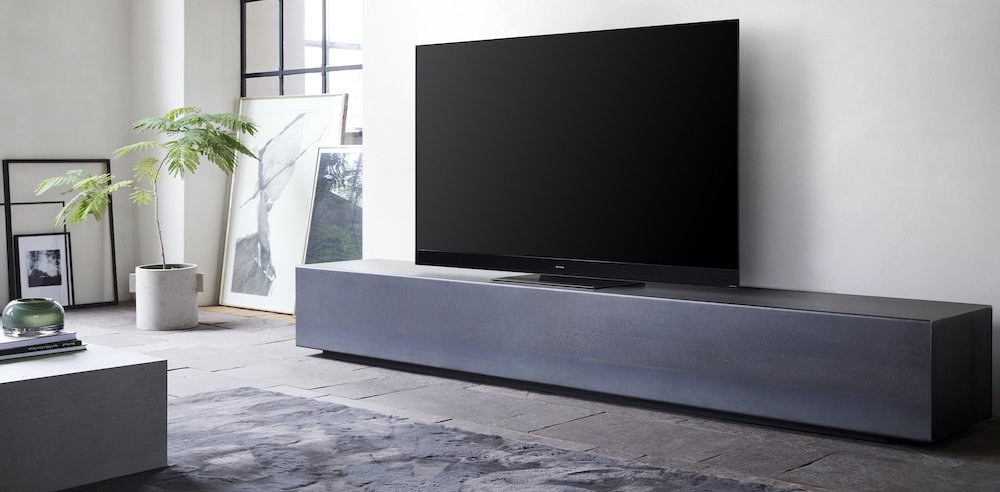What with its custom pro OLED panel and its support for all of the major high dynamic range formats, Panasonic’s 2020 flagship HZ2000 TV is already capable of producing images of incredible quality. But that picture can actually be made much more accurate, thanks to the HZ2000’s support for CalMAN colour calibration software.

Panasonic showed off the HZ2000 for the first time at this month’s Consumer Electronics Show in Las Vegas, saying it represents its commitment to bringing “Hollywood picture quality to consumer’s living rooms”.
Portrait Displays, the company behind the CalMAN software, said the Panasonic HZ2000 has been certified as a “CalMAN Ready display”, which means it should work seamlessly with its software. Moreover, the display can also use CalMAN’s automated calibration feature, AutoCal.
More specifically, the Panasonic HZ2000 supports Dolby Vision colour calibration via CalMAN’s software, which means owners will be able to adjust and characterise the TV for optimal Dolby Vision performance, the company said. With CalMAN’s software, users will be able to manually calibrate content displayed in SDR, HDR, Dolby Vision and HLG. Moreover, the support for AutoCal means there’s no need for technical expertise to enjoy more realistic-looking images.
“In addition to being much faster to complete a calibration, AutoCal delivers more consistent and reliable calibration results, ensuring a viewing experience that is just right,” Portrait Display said in a statement.
Panasonic’s HZ2000 also benefits from its built-in video test pattern generator CalMAN PatternGen, which is able to communicate directly with CalMAN’s software to generate the on-screen patterns needed to correctly calibrate colours. What this means is there’s no need to buy a separate, external pattern generator to calibrate the HZ2000. Instead, the only thing users will need is CalMAN’s software and a colourimeter.
Panasonic's assistant general manager Paul Williams talks more about the HZ2000 in this interview: